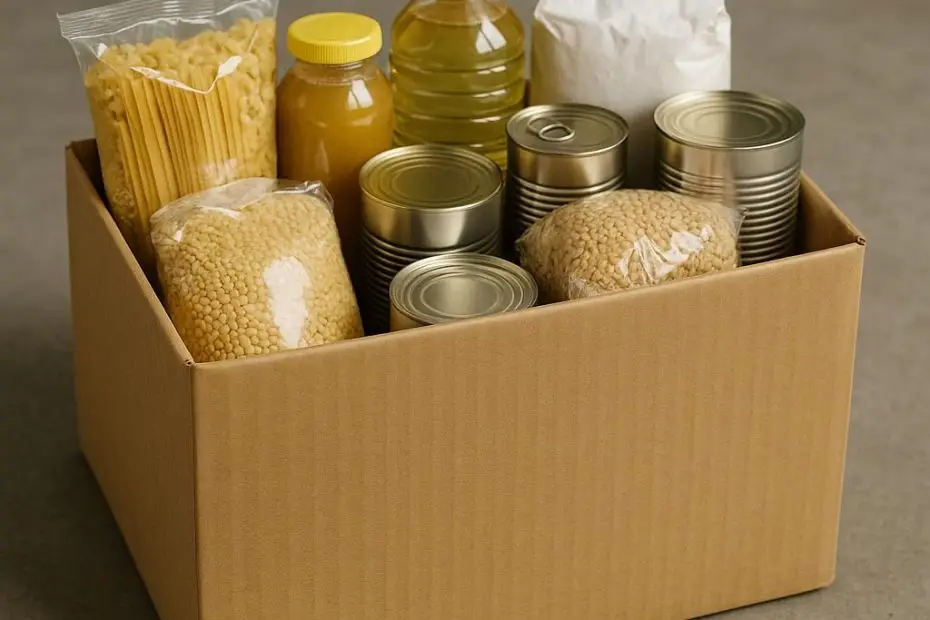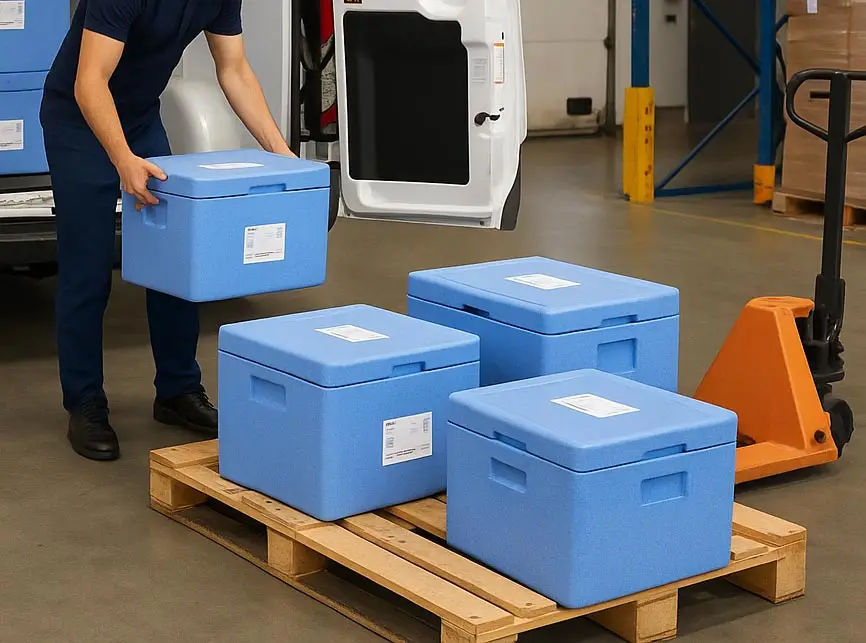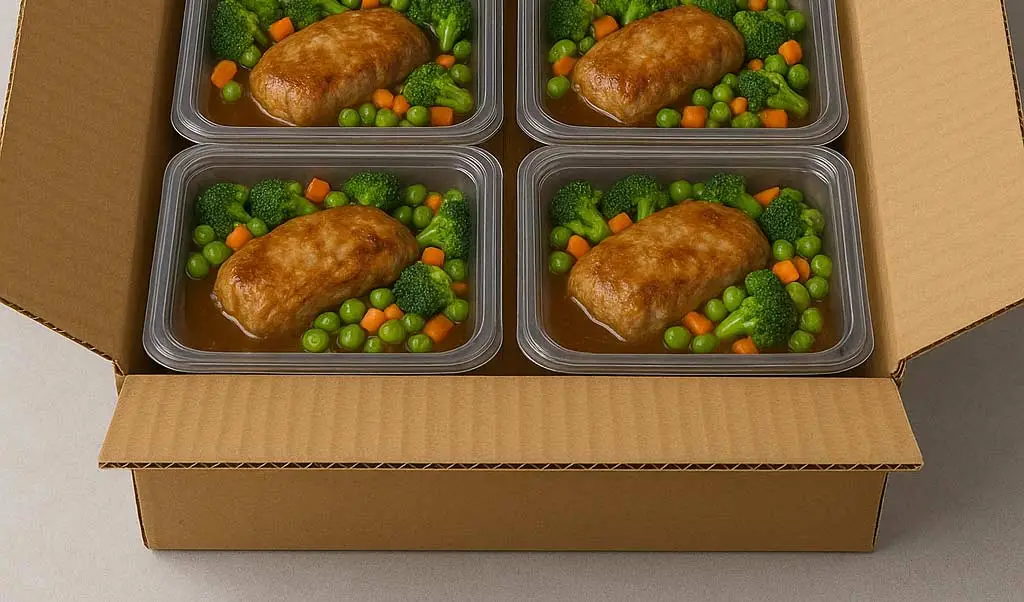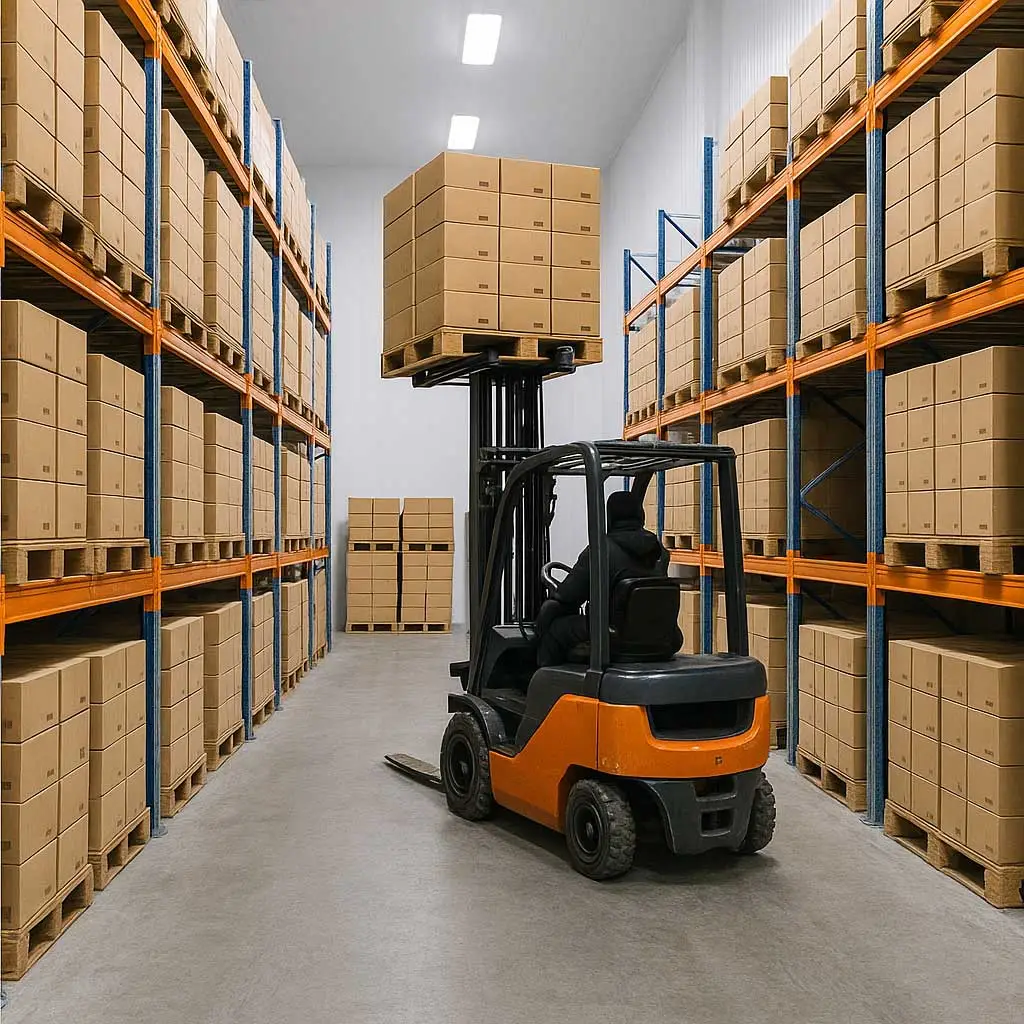The boom in online grocery shopping and meal delivery has created a hidden problem that few consumers think about — what happens when food comes back? In traditional retail, returned goods can be restocked or repackaged. In food logistics, it’s rarely that simple.
Once perishable goods leave the controlled environment of a warehouse, they can’t be safely resold. This makes reverse logistics one of the toughest challenges in modern cold-chain and ambient food systems. Yet as e-commerce continues to grow, the industry is being forced to rethink how it handles returns, waste and accountability.
Some retailers are introducing smarter systems to prevent unnecessary returns in the first place. Improved product descriptions, temperature tracking, and delivery notifications help ensure goods arrive as expected. AI-powered customer service is also reducing “false returns” — situations where food is reported as damaged but was actually safe to consume.
When returns do occur, a more circular approach is emerging. Some logistics providers are now working with food rescue organisations to divert safe, unopened products toward donation. Others are piloting systems that separate packaging for reuse or recycling, even if the food itself can’t be salvaged. These small steps make a measurable difference when scaled across large networks.
From a logistics standpoint, the challenge is integrating these return flows without compromising the efficiency of forward operations. Cold-chain specialists are testing hybrid collection routes, where delivery vehicles can pick up packaging, reusable crates, or returnable items on their way back to depots. This concept mirrors closed-loop supply models used in other industries — now being adapted for food.
The next frontier will be data integration. By linking delivery records with customer service feedback, temperature logs, and sustainability tracking, operators can identify exactly where breakdowns occur and how to prevent them. Transparency across the supply chain turns each “return” into a data point for improvement.
For food logistics businesses, the return challenge is no longer just a cost of doing business — it’s an opportunity to lead in sustainability and trust. Those who can turn waste into value, and friction into insight, will shape the future of e-commerce logistics.



